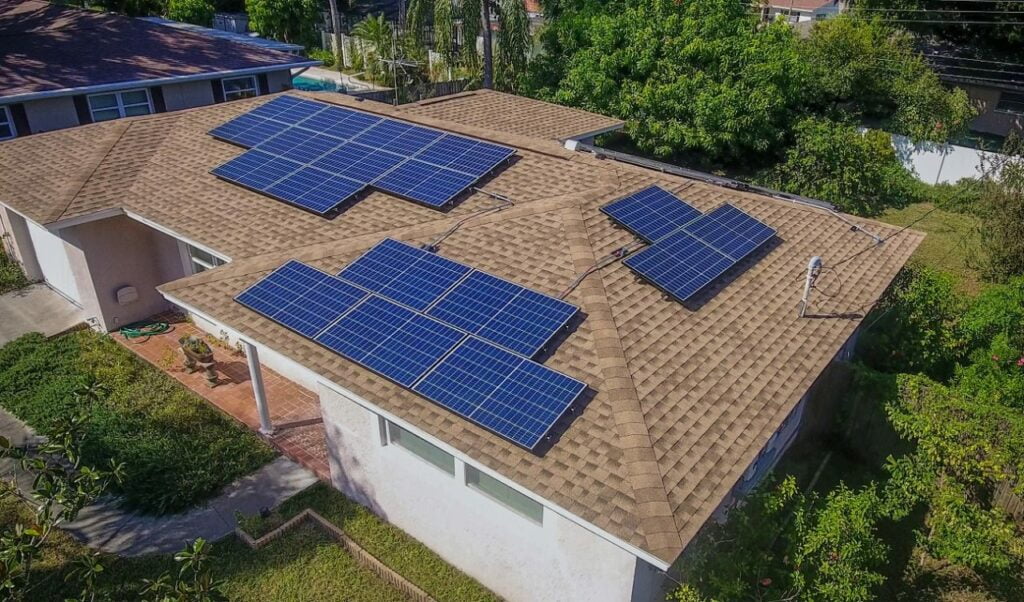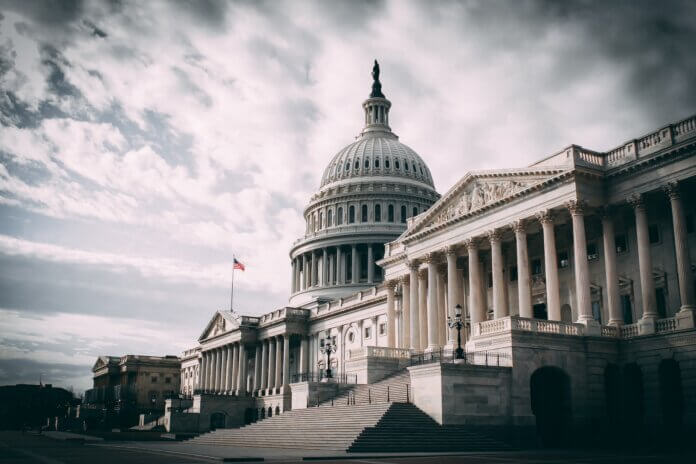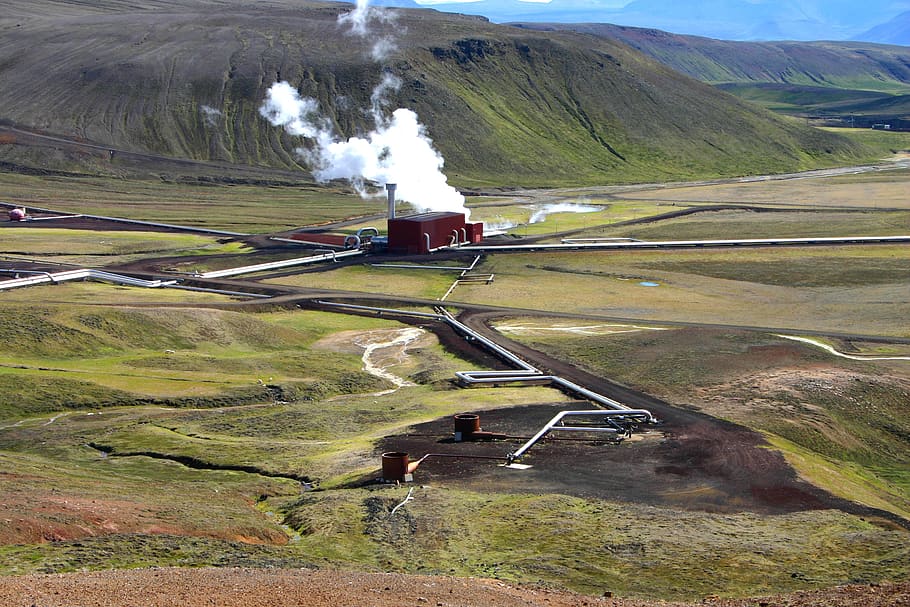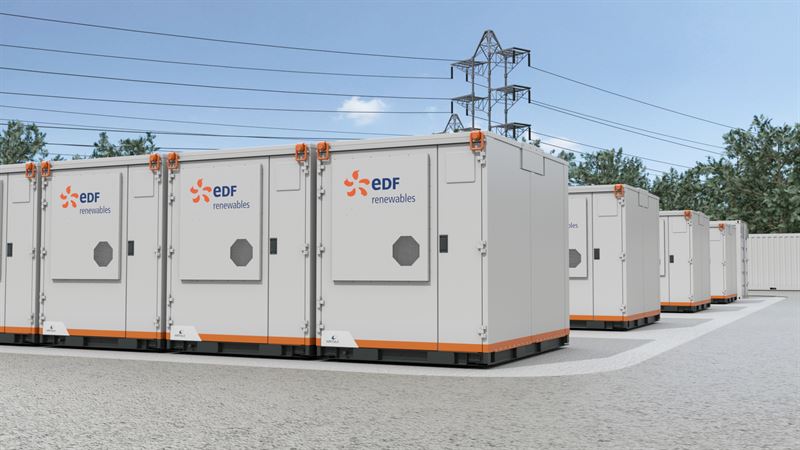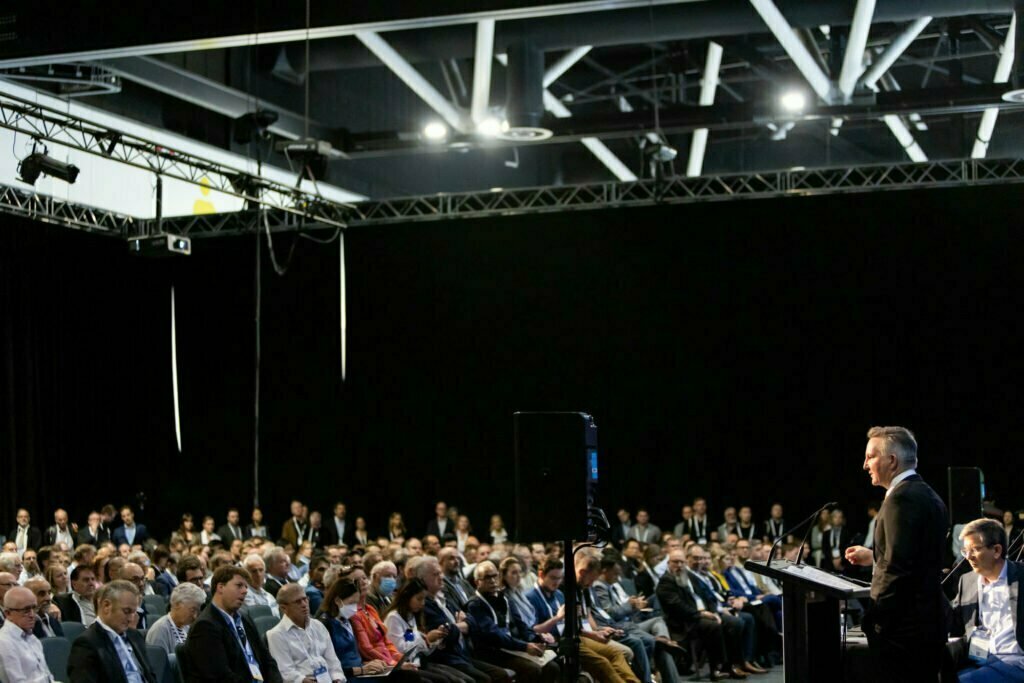Federal energy minister Chris Bowen speaking at the Smart Energy event, Sydney, New South Wales, 3 May 2023. Image: Smart Energy Council.
Australia will launch its first tenders for large-scale energy storage resources during this year, in a scheme which will roll out across the country, “jurisdiction by jurisdiction”.
Agreements have been reached with state energy ministers on how the competitive solicitations will be held, according to Australia’s Federal energy minister Chris Bowen in a speech yesterday.
Speaking at the national Smart Energy conference in Sydney, at which the minister’s appearances have become something of an annual fixture, the minister recounted some of the climate action and clean energy-friendly policies enacted since his Labor Party took office less than a year ago.
Those included affirmation of commitment to the Paris Agreement, reforms of the Safeguard Mechanism – a scheme to impose caps on greenhouse gas (GHG) emissions from Australia’s largest emitters – a national electric vehicle strategy, and a target of making renewable energy at least 82% of the generation mix in Australia by 2030.
Labor, led by now-prime minister Anthony ‘Albo’ Albanese, ran on a platform that focused strongly on climate which appeared to resonate with voters in the 2022 election. That effectively gave the new administration a mandate to reverse much of the path trodden by the more conservative Liberal-National coalition that ruled for nine years before it.
‘Ensuring necessary investment into energy storage’
As regular readers of Energy-Storage.news will know, probably the two developments among many that will likely have the most immediate and transformative impact on the industry are the AU$20 billion Rewiring the Nation transmission network overhaul and the Capacity Investment Mechanism through which the tenders will be held.
Rewiring the Nation represents an upgrade and extension of transmission lines across the country. Allowing for greater interconnection between states means sharing the benefits of renewables and enabling energy storage to play a wider role in the National Electricity Market (NEM).
It will also directly support Battery of the Nation, a plan for Tasmania, the southeastern island state, to deploy gigawatt-hours of pumped hydro energy storage (PHES), battery energy storage system (BESS) resources and renewable energy, to then be connected via subsea cables to play into the NEM via an interconnection with Victoria.
Meanwhile the Capacity Investment Mechanism is essentially a revenue underwriting scheme for large-scale low carbon and dispatchable energy resources, to be awarded through tenders. State and territorial ministers met late last year to discuss the scheme, reaching an agreement in principle for it to go ahead.
In Bowen’s speech yesterday, the minister said the Capacity Investment Mechanism tenders will be, “in effect, a storage target,” for Australia since energy storage is the main enabler of low carbon energy from renewables to be integrated to the grid.
That matters because as Bowen noted, groups including the national Smart Energy Council trade group – hosting the Sydney conference of the same name this week – and energy economy and policy experts like the Victoria Energy Policy Centre, had long advocated for the introduction of an energy storage target.
“By insisting that investments under the capacity investment scheme will be both renewable and dispatchable – it can’t be one or the other, you’ve got to be both – we are ensuring that the investment occurs in the storage which is so necessary as well as the renewable energy investments,” Chris Bowen said.
Adding that more details will be forthcoming in the next national Budget, due to be announced 9 May, Bowen said he had been having “very productive conversations” with the state and territory-level energy ministers.
Calling them the “first cabs off the rank in terms of the rollout of the Capacity Investment Mechanism,” the Labor minister said that an important component of the scheme is that it will be led and deployment levels determined at the state level. This is something that was applauded by Victoria Energy Policy Centre expert Dr Bruce Mountain in interviews with this site and in fact, Victoria has itself already introduced an energy storage target at state level.
With the tender scheme to be rolled out “jurisdiction by jurisdiction,” agreements have now been made with the states across Australia that will be involved, and how it will work. The first auctions will be beginning later this year, according to the energy minister.
“I look forward to providing further updates, and there will be important measures in the Budget to support that as well. Absolutely essential – unlocking billions of dollars of renewable energy investment and unlocking gigawatts of power,” Chris Bowen said yesterday.
Energy-Storage.news’ publisher Solar Media will host the 1st Energy Storage Summit Asia, 11-12 July 2023 in Singapore. The event will help give clarity on this nascent, yet quickly growing market, bringing together a community of credible independent generators, policymakers, banks, funds, off-takers and technology providers. For more information, go to the website.
Continue reading



